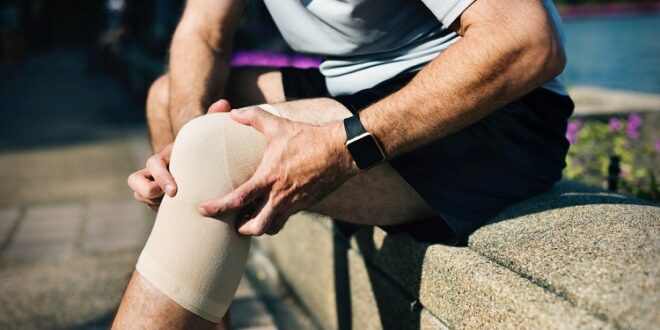After months of hard work and dedicated training, you’re ready to take on the local marathon. You’ve got all your gear, your stamina looks good…but you’ve started experiencing nagging knee pain. It isn’t long before it hurts too much to run, and now you’re out of luck when it comes to the marathon.
And if you don’t take proper care of your body when running, you risk incurring even more serious problems. But what can you do to alleviate this risk?
Well, we’re here to help with that, thanks to our guide on how to prevent running injuries! So lace up those shoes and let’s get going!
Knowing How to Prevent Running Injuries Starts With Proper Footwear
One of the most essential parts of avoiding running injuries is finding running shoes that are comfortable and fit your feet well. Improper fits will affect how you run, which could put too much strain on certain muscles or affect your balance, increasing your risk of wiping out. To prevent this, make sure you get a chance to test how your shoes feel and fit before you buy blind.
It’s also important that you buy new running shoes every six months or so if they see regular use. This is because worn-out shoes lose their integrity and cushioning, meaning your feet are going to get banged up from the force they hit the ground with when you run.
Don’t Overexert Yourself
When running, take careful steps to make sure that you know your limits and don’t try to push yourself too far. Overusing muscles leads to conditions like iliotibial band syndrome (a common cause of knee pain after running) or even causing a tear or rip in your tendons.
If you work on pacing yourself and setting realistic expectations when you run, the chance of injuries from muscle overuse drops dramatically. On a similar note, listen to your body so you know what days it’s better to take a break and heal.
Build Up Your Muscles
While it’s easy to assume running is all about building muscles in the legs and feet, you need to buff more muscles if you want to lower your chance of injury. For example, your hip flexor muscles are used in running whenever you lift your legs to give you a wide stride, but most people lack strong hip flexors due to how often we sit to perform daily tasks. Building up these muscles as well as strengthening your core and gluteal muscles will help improve your balance and reduce the risk of injury.
Get Stretching
If you aren’t already, you need to stretch before every run. Stretching loosens up your muscles and allows them to function better, which prevents pain and stiffness from hitting you mid-run. During your stretches, work to correct your posture as well, as poor posture leads to balance issues and strained muscles.
Terrain Matters
Every time your foot hits the ground when you run, it has to absorb some form of shock from the impact. You’ll want to run on softer ground (think dirt paths or the fields in parks) so that the ground takes more of the impact while avoiding hyper-tough surfaces like concrete. Run on too hard a surface, and the resulting shock will cause you aches and pains in your legs.
Off to the Races
So, now that you have our guide on how to prevent running injuries, you’re ready to head off to the races free of worry! And for more tips on staying healthy while you exercise, make sure to check out the other posts on our blog!
 HammBurg Be informed with latest news, reviews, entertainment, lifestyle tips, and much more.
HammBurg Be informed with latest news, reviews, entertainment, lifestyle tips, and much more.




